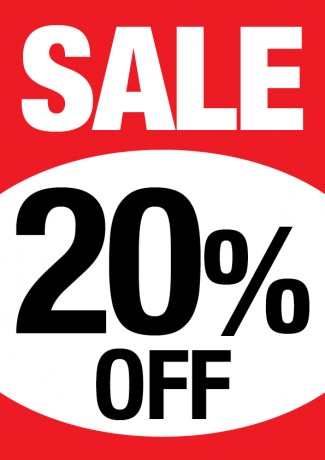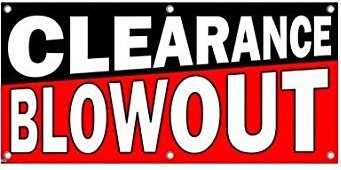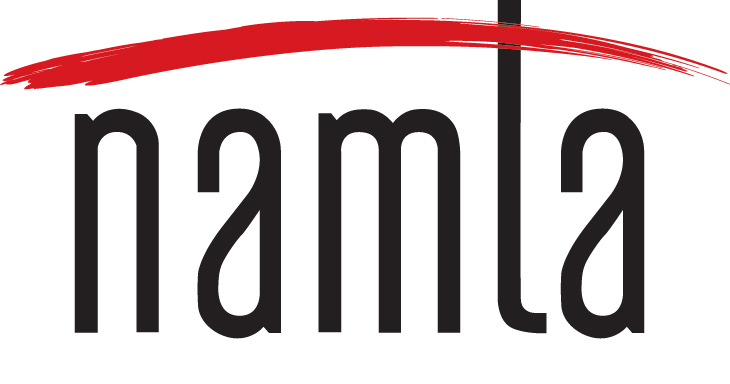- Home
- Creativation by NAMTA
- Membership
- NAMTA Connect Virtual
- About
- Resources
- Creative Outlook Market Research Study Report - MEMBERS ONLY
- Membership Directory - MEMBERS ONLY
- Meet the Independent Reps
- Meet the Creative Professionals
- New Products Page
- The STUDIO Recordings - MEMBERS ONLY
- Creative Products Certification Program (CPC)
- Retail Training Manuals
- NAMTA LOGOS
- Subscribe to Our Email List
- Discount Savings Programs
- Contact
- Advocacy
|
Articles for Retailers - Kizer and Bender
Bin tickets are stickers that you place on each shelf or fixture to indicate the item’s designated home. Bin tickets should include the information that’s important to you, including SKU number, maximum and minimum quantities, price, cost (in code shoppers can’t decipher), vendor, and date code. The date code tells you when the item was received so you’ll know at a glance which products are selling and which are not. Let’s say a customer asks for a particular item, so you lead the customer to the place it’s supposed to be. The bin ticket is there, but the shelf is empty. Or worse, the space has been filled in with another product. How long has this merchandise been out of stock? Is there more in the back room? How do you know? Here’s where our Dot System comes into play.  You’ll need a supply of small red and green adhesive dots. A green dot on the bin ticket means there is more of this particular available product in the back room. A red dot on the bin ticket means there is no more in the back room. If there isn’t a dot on the bin ticket then there isn’t any more of this product in the back room and the item is not to be reordered. You’ll need a supply of small red and green adhesive dots. A green dot on the bin ticket means there is more of this particular available product in the back room. A red dot on the bin ticket means there is no more in the back room. If there isn’t a dot on the bin ticket then there isn’t any more of this product in the back room and the item is not to be reordered.Train your associates to check the stock room each time they come across an empty shelf and a bin ticket with a green dot – this product is available and needs to be restocked ASAP. KNOW WHEN TO TAKE A MARKDOWN Markdowns are not your enemy; in fact it’s smart retailing to ditch the dogs. Stores do not close because they had to take markdowns; they close when product is not sold fast enough to create the cash flow needed to cover expenses.  When taken on time, the first markdown is always the cheapest markdown. Clearing out merchandise before the price/value relationship is destroyed is critical. You should begin to mark down items as soon as sales start to slow down. When taken on time, the first markdown is always the cheapest markdown. Clearing out merchandise before the price/value relationship is destroyed is critical. You should begin to mark down items as soon as sales start to slow down.Let’s say you have an item that’s currently priced at $25.00 but it isn’t selling. If you mark that item down to $19.99, its value goes up in the customer’s mind. If markdowns are not taken in time it takes a much larger discount to create value. Just ask an apparel retailer who’s trying to sell prom dresses at full price in July. Keep this in mind: Markdowns allow you to maximize your invested dollars. When you get those dollars back you can reinvest into newer items that will yield higher margins and better inventory turn. One of your jobs is to be on the lookout for merchandise that’s past its prime, taking markdowns as frequently as necessary to clear this merchandise. Sales on seasonal merchandise should start just before the season ends; waiting until after the season/holiday is over will severely hurt your return. Packing product way for next year isn’t a good idea either. Get the cash out of your investment and keep it working with new, fresh goods. PROPERLY DISPLAY MARKDOWN MERCHANDISE When you run a sale, run a SALE. Display the product near the front of the store or in its normal home. You can also use your speed bump displays to house this merchandise during the sale. Highlight the displays with banners or signs created specifically for the sale. We’ve seen too many clearance areas that look like disaster zones; that’s no way to create value. Clearance items should be merchandised with the same care as regularly priced product. When running a clearance sale, display this product near the front of the store. After the sale move it to a small clearance area near the rear of the store so that shoppers have to pass through displays of new product to get to it. Clearly sign your clearance area so that shoppers will want to stop and check it out before heading to the cash wrap. "HOT SPOT'" and "ONE TO THE RIGHT" Every section of every fixture has what's called a “hot spot”; it’s the part of the fixture that sells product the best. To find the hot spot in any fixture, draw an imaginary cross through the center of the fixture – the hot spot is at eye level (about 5 feet 4 inches) where the two lines intersect. Customers tend to stop in the center of a display to peruse the product, so this area is easily seen. Use it to display important product you don’t want shoppers to miss. Here’s an insider tip: Remember "Hot Spot and One to the Right." Shoppers do a lot of things they don’t realize they do, like reaching for product with their right hand. This means that the position just to the right of the Hot Spot is also a strong display space. You can use this area to display new items or to energize product that’s still in its selling season but isn’t moving. It’s also a great place to house product that’s a tough sell. DISPLAY IMPULSE ITEMS AT THE CASHWRAP A lot more happens at the cash wrap besides just ringing the sale; it’s where impulse purchases live. Load your cash wrap with product customers just can’t pass up. Think of the add-on sales possibilities! If you have a wall behind your cash wrap, use it to create displays that keep customers thinking about product – it’s also the perfect place to introduce new products. CROSS-MERCHANDISING! Why just sell one item when you can sell two or three? Here’s where cross-merchandising come in handy. Display different products or categories together on the same fixture. Cross-merchandising helps shoppers easily visualize how the items will look or work together. This technique is always a safe bet for the speed bump displays at the front of the store. Plastic clip strips you attach to gondolas and other fixtures to feature related product work, too. A clip strip of brushes attached to the gondola that houses paints makes perfect sense. Clipstrip.com sells a variety of cross-merchandising options. MERCHANDISE OUTPOSTS The next time you are at a department store take a look at the product that’s displayed in the main aisles. Chances are you’ll find tables of product that’s not in its traditional home on the sales floor. These clever displays are called Merchandise Outposts; their sole purpose is to encourage impulse purchases. They make shoppers stop and think, “I need that!” Merchandise Outposts will work on your sales floor, too. MAXIMIZE IN-STORE SIGNAGE  Signs act as silent sales people, helping customers when no one is available to help. Women read signs for information; men rely on them to make decisions. And since 70 percent of purchase decisions are made in-store, your signs actually entice shoppers to buy. To be effective your signs must be three things: Signs act as silent sales people, helping customers when no one is available to help. Women read signs for information; men rely on them to make decisions. And since 70 percent of purchase decisions are made in-store, your signs actually entice shoppers to buy. To be effective your signs must be three things:
Do our 360 Degree Pass-By™ every, single day. Start at the front door and walk the entire store – every aisle, nook, cranny, cutting table, restroom, cash wrap and service area. Note things that need to be fixed, fluffed or filled-in before the store opens for the day. When done religiously, the 360 Degree Pass-By™ will keep you focused on every area of your sales floor. Ask your store associates to do it, too. They have a different perspective so they will see things you miss. The bottom line? Look at every display in your store as if it’s a pile of cash, because that’s what it is. No matter how much you love it, if a product isn’t selling, it has to go to make room for something that will. Move ’em out!  Rich Kizer & Georganne Bender are professional speakers, retail strategists, authors and consultants whose client list reads like a “Who’s Who” in business. Companies internationally depend upon them for timely advice on consumers and the changing retail market place. KIZER & BENDER’s observations are widely featured in national newspapers, national and international industry and consumer publications, and on radio and television programs across the U.S. You can learn more at www.KizerandBender.com. Rich Kizer & Georganne Bender are professional speakers, retail strategists, authors and consultants whose client list reads like a “Who’s Who” in business. Companies internationally depend upon them for timely advice on consumers and the changing retail market place. KIZER & BENDER’s observations are widely featured in national newspapers, national and international industry and consumer publications, and on radio and television programs across the U.S. You can learn more at www.KizerandBender.com.COPYRIGHT KIZER & BENDER | ALL RIGHTS RESERVED |

 TELL VENDORS WHEN YOU WANT TO RECEIVE YOUR ORDERS
TELL VENDORS WHEN YOU WANT TO RECEIVE YOUR ORDERS